
Ikväll öppnar konsthandlaren Carl Kostyáls nya utställningslokal i Stockholm med den kanadensiske konstnären Jon Rafman. Han ställer ut bredvid Michael Pybus, som visar en installation i projektrummet. Kostyáls utställningsverksamhet i en före detta konstorsbyggnad på Kungsholmen slogs igen förra året, och återinvigs nu i en ny lokal på Artillerigatan på Östermalm. Tidigare utställare inkluderar konstnärer som Petra Cortright och Michael Manning, med ett intresse för digital teknologi som återkommer hos Rafman, vars praktik växlar mellan att hylla och kritisera de digitala världar som han engagerar sig i.
Rafman ställer ofta ut sina videos i specialbyggda visningsmiljöer inspirerade av de arbetsplatser, eller «battle stations», som förekommer i dagens datorspelande kretsar. Andra gånger presenterar han absurda bilder från Google Street View, eller utforskar idén om en virtuell flanör i våldsorienterade datorspel. Hans senaste video Sticky Drama visar barn som lajvar i medeltidskostymer, men där deras retrofuturistiska accessoarer producerar glapp i illusionen, och kognitiv dissonans hos betraktaren.
I Still Life (Beta Male), med ett soundtrack av Oneohtrix Point Never, för Rafman samman bilder från populärkultur och datorspel med tangentbord täckta med mat. Verket inleds och avslutas med en stillbild av en man med naken överkropp och en rosa wrestling-mask som riktar två pistoler mot sitt eget huvud. En voice-over från nätets mörkaste hörn säger: “As you look at the screen, it is possible to believe you are gazing into eternity.”
Stefanie Hessler mötte upp Rafman via FaceTime, för att ställa några frågor om utställningen i Stockholm. Intervjun genomfördes på engelska och återges här på originalspråk.

I saw your Glass Troll Cage (2015) in the Lyon Biennial, a walk-in viewing booth in which your works Still Life (Beta Male) (2013), Mainsqueeze (2014) and Erysichthon (2015) were shown. These videos will be part of your show at Carl Kostyal’s new space in Stockholm. Will the works be presented similarly to the Lyon Biennial, in cabins or immersive environments?
I’m showing those videos in a new installation format, together with a new video and some paintings, as I call them, which are combinations of still lifes and landscapes…That’s my parrot by the way.
Hi parrot!
For the show at Kostyál, I wanted to utilise the fact that the gallery has all these different rooms. Instead of creating an architectural unit for each video, I am using the actual architecture to give each video its own room. In a way it is immersive, but I am not creating unique installations, with one exception. For my film A Man Digging, I made a cabinet that is based on an image I found online, by a gamer who built this set-up for his video gaming. Many of my installations are inspired by do-it-yourself MUD culture where people create their ideal work stations. In this case, I wanted it to have the office vibe and gamer LED set-up, but to also look like classic Swedish wood cabinet design. When you enter inside, it gives you both a claustrophobic and at the same time a womb-like feeling.
I’m interested in the gamer work set-ups – sometimes called ’battle stations’ – because they act as portals between the virtual and the real. On one level they are extremely material, you have the physicality and the fact that you can’t completely escape the material existence, but on another level the screen acts as portal to an immaterial existence, in which these trolls live their entire lives.
I am curious about the relationship between physical and virtual realities that you mention. What is your take on their merging, which you also propagate to a certain extent in your works and the immersive installations?
Part of my project is to investigate how virtual and actual realities bleed into each other, and how the dividing line between the two is increasingly receding. At the same time, I like playing with the dichotomy, showing where it holds up and where it collapses, and how sometimes the virtual world can be more real than the real world. If all your relationships, your love life and the most intense experiences in your life are happening in a virtual world, you have to take that seriously. I am interested in how this changes the way in which we interact with each other, our environment and our identities.

One of your best known works is 9-Eyes, for which you collected images from Google Street View during what you call “virtual safaris”. The images are sometimes abstract, sometimes absurd and complicated, showing violence and prostitution. You have said elsewhere that Google Street View is the greatest photo archive ever created, a new form of documentary photography, and that your engagement with it is reminiscent of the role of the flâneur. Can you speak about this?
On a certain level all of my works deal with me, the artist. I am investigating a character who is a virtual flâneur and explorer. In the video A Man Digging, rather than playing the video game, I am exploring the game world after the massacre has already occurred. With the Google Street View project I was trying to draw historical connections to the classic romantic poet figure, the man in the landscape.
The series shown at Kostyál refers more to the late romantic or decadent, where there’s a sense that the utopian ideals have already revealed themselves as failed. That’s why there is a darker tone, similar to Symbolist poetry in the later part of the 19th century, where there is an indulging of the darker corners of culture. In my case, these are the darker corners of internet culture. I am still taking on the role of an explorer, but rather than navigating one space, I am exploring super violent video games or the Internet in general. I’m culling together everything that I’ve gathered into poetic statements, of which each of the videos in this trilogy is one. I’m investigating a song, or the structure of a song, rather than exploring a physical space. It’s still a space, but more of a psychic space or a space of repressed desires.

What about the new video Sticky Drama (2015) that will be part of the exhibition?
I made Sticky Drama as a commission for my show at the Zabludowicz Collection in London. It inverts my usual explorations in which I go into virtual worlds to show how real they are, and why we have to take the virtual seriously. Instead, Sticky Drama takes the fantasy world and puts it into the real world. I was influenced by live-action-role-play, and appropriating a certain aesthetic from these cultures. I like it when you can see that it’s a role play because you can see the seams, how the costumes are made, how things were built, and the fact that people are playing roles. I like it when it’s not a perfect escapist fantasy, but when you can see that it’s a game that is being played. There’s an honesty there that I also like about Second Life or the crappy graphical games, where you see that it is an artificial reality, because there are glitches etc.
So these larps, mediated or artificial realities, reveal more about the world than other, “real” types of experience?
They are more honest. They are not hiding the fact that they are artificial. In Hollywood movies or even in real life power structures, the illusion is hidden. There’s an anti-illusionistic aspect to the role-playing. There’s a moving back and forth between being transported fully into this world and seeing the holes and cracks in the illusion.
Like the tamagotchis attached to the larpers’ medieval costumes in Sticky Drama.
Exactly. My troll caves or modified gaming viewer environments are inspired by images of people’s homemade fantasy outfits that I find online. That’s where most of my inspiration comes from, looking at the content that people create online, and combining that with Western traditional literature, art and film.

A recurring theme running throughout your work is the nature of memory and history, and how new technologies affect the way in which we remember and thus construct our own identities. Can you speak more about this?
I’ve always been attracted to memory as a theme in literature, art and film. Emotions like nostalgia and déjà vu that are tied to the past, and the sense of time and history are some of the most powerful aesthetic experiences I’ve had. All my projects begin with that initial excitement for something. For me, ideas around memory have always been the most interesting plot devices. I’m not sure why, and I guess that that’s why I’m continuously exploring them through my work. We relate to ourselves, to our world and to our identities through memory. Our lives are made up of a collection of our memories up until the present moment. The media we consume have an immense effect on how we remember. The most obvious example is the photograph: it can completely replace memories and even trigger new ones, and thus change the way in which we construct history.
Nowadays, we are just starting to begin to see the significance of these new technologies from video games to the Internet and the massive data streams we consume every day on Facebook and Twitter, and what effects they have on memory. What impact does living in a virtual world have on your memory? Some of the places in Second Life where I spent a lot of time hanging out no longer exist. There’s no trace, and there are no remnants of them, except the video documentation that I made. On one level, it feels like everything is being recorded through digital technologies, but on another level the digital is incredibly precarious in that it can just be deleted since it’s all ones and zeroes, and no trace is left once something is deleted. I am interested in what this means for our memory.

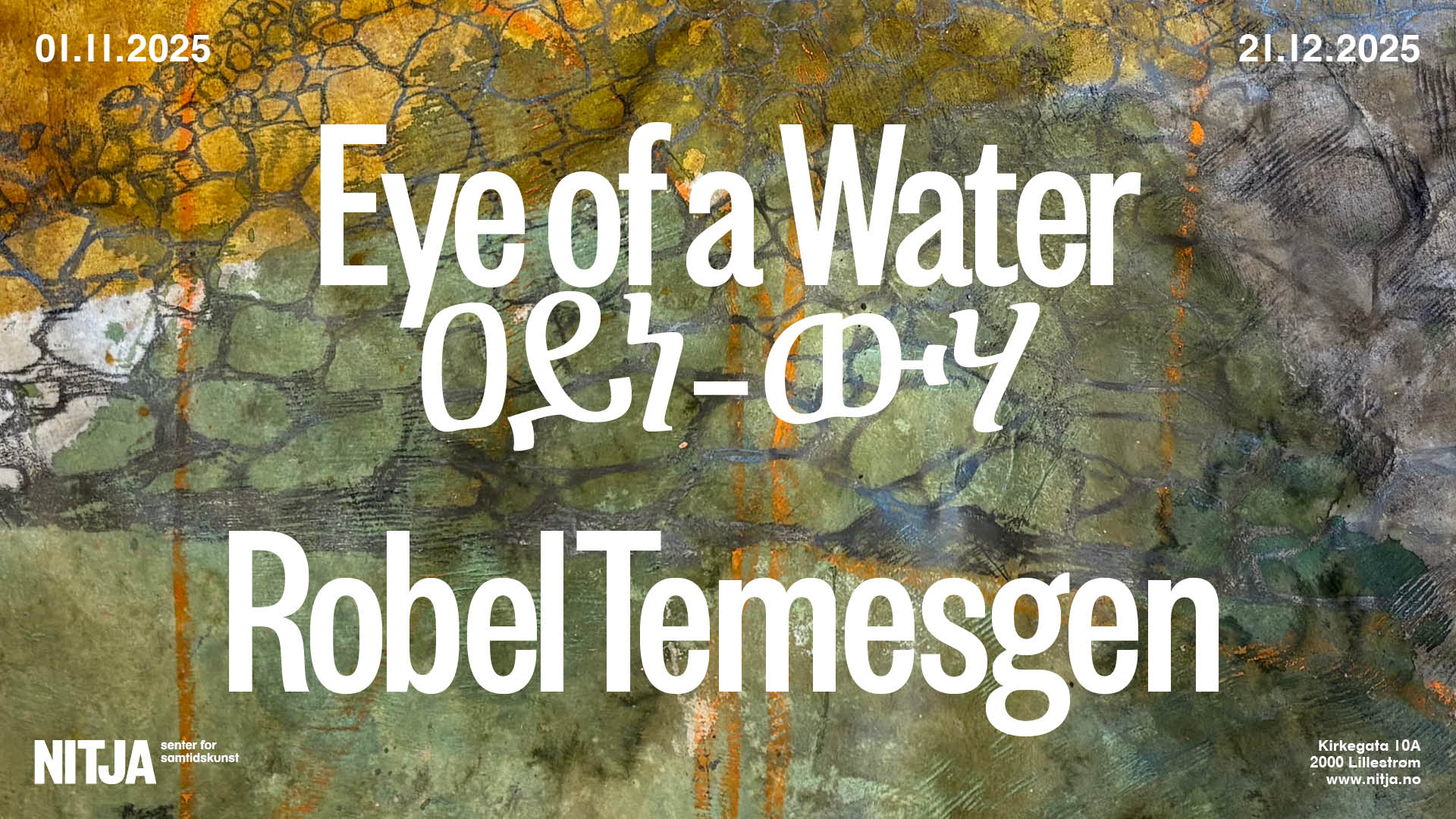


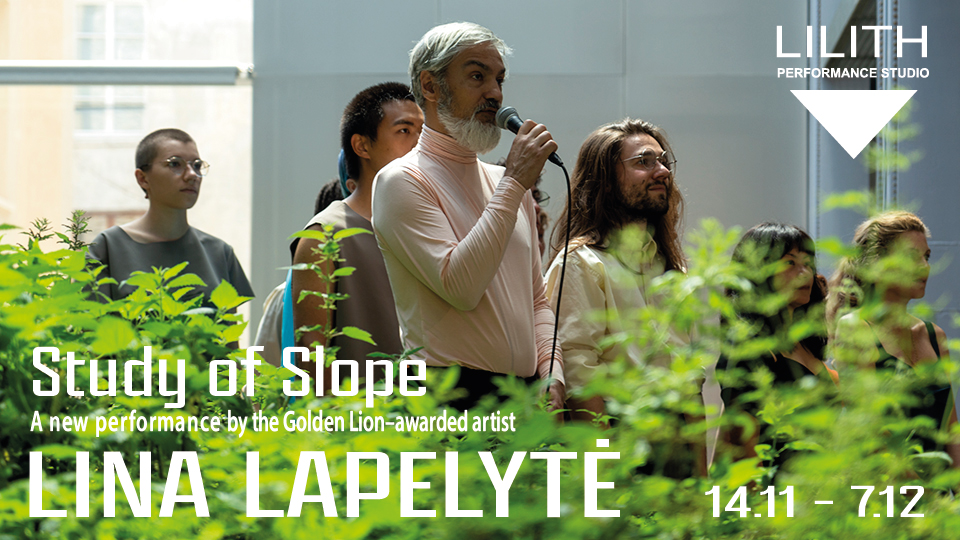
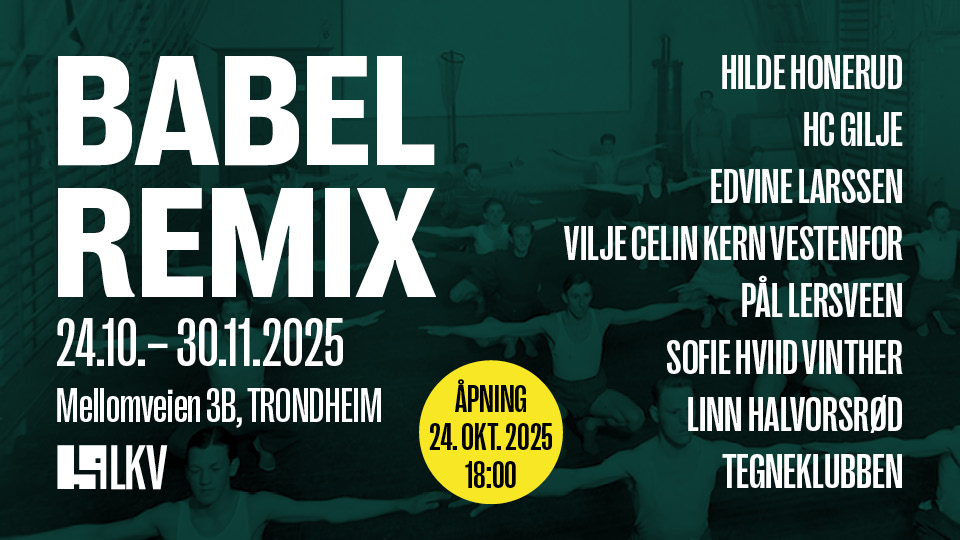
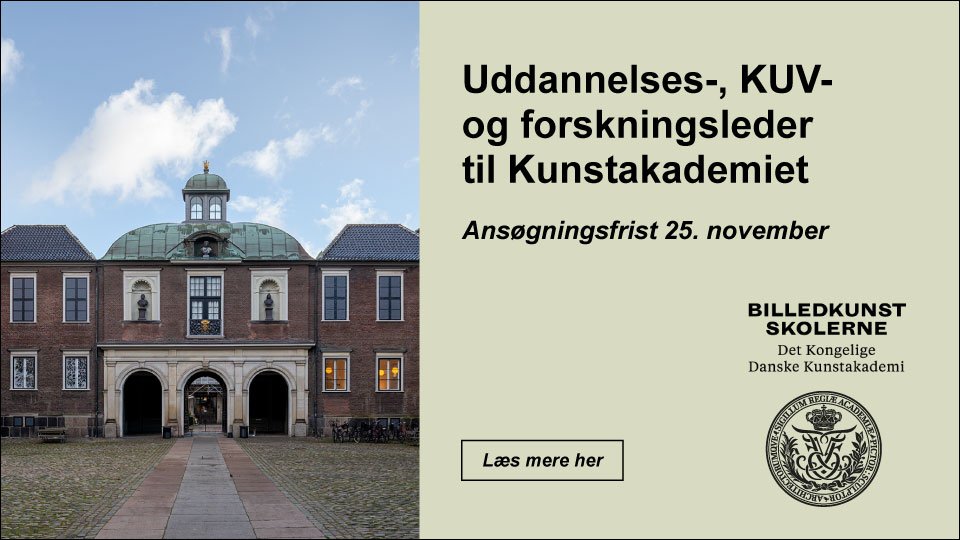
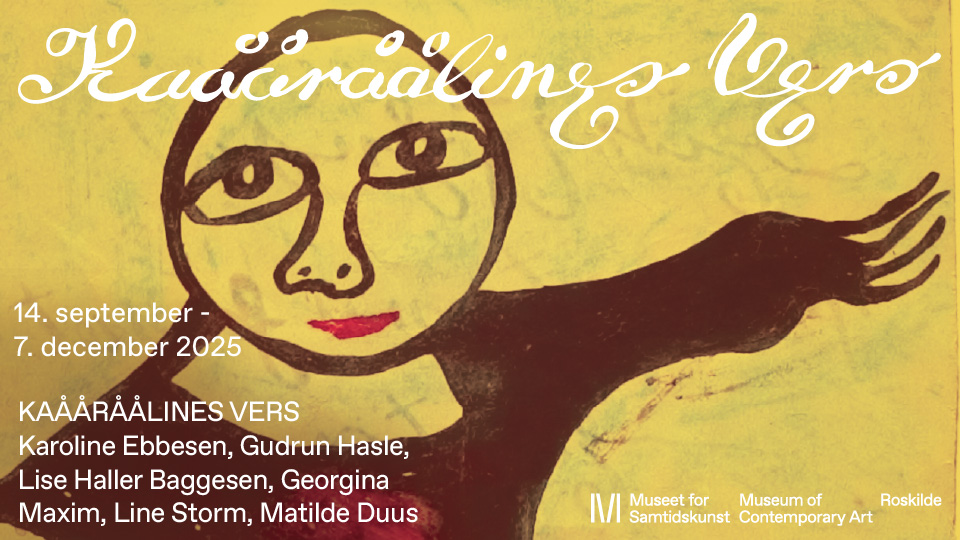
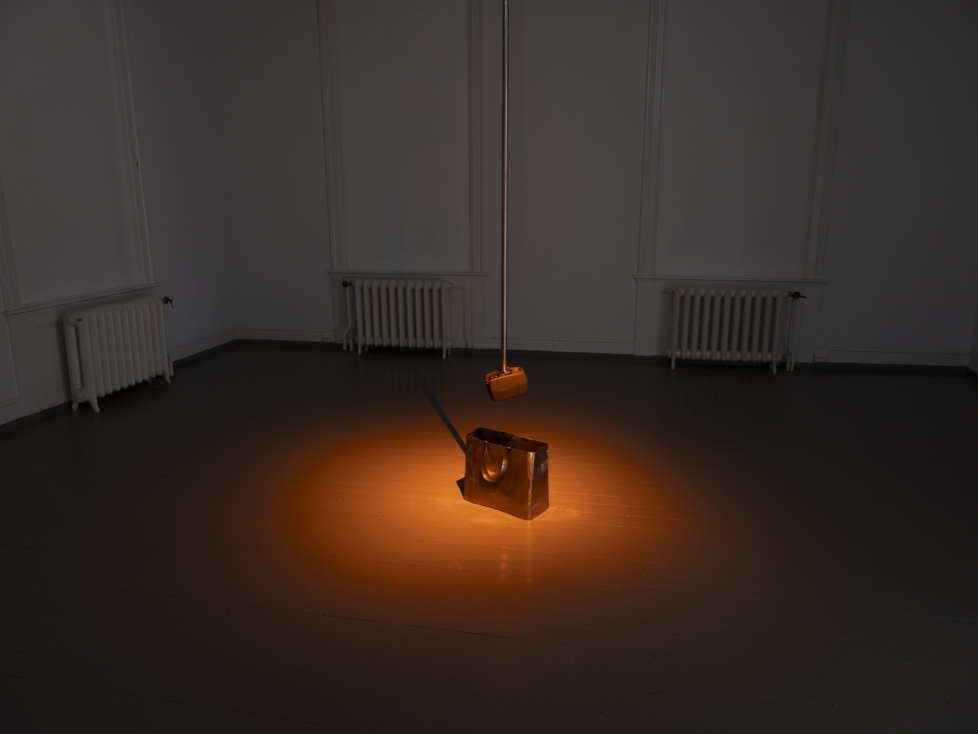
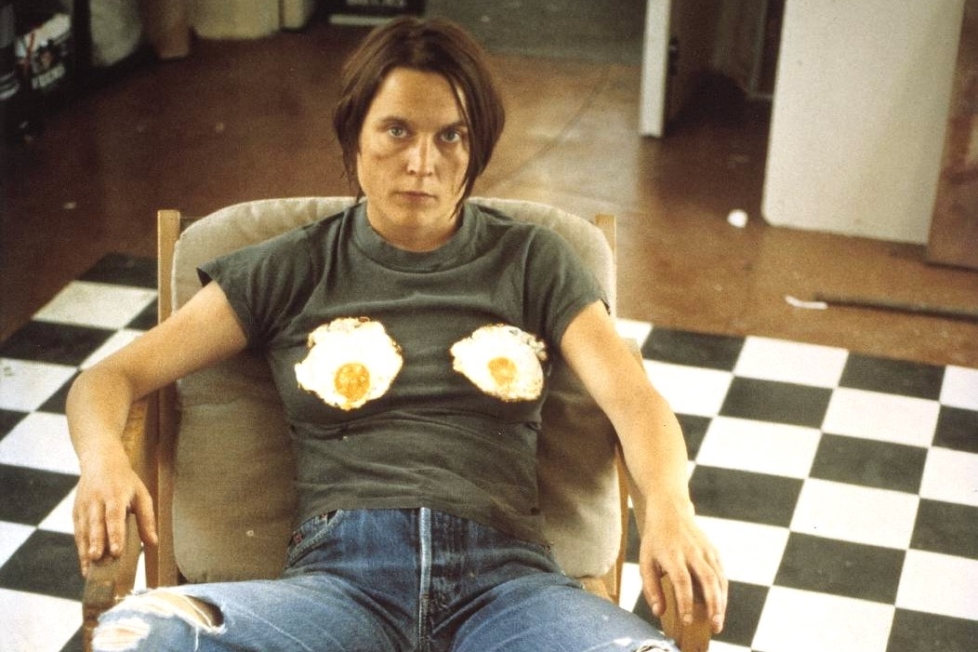
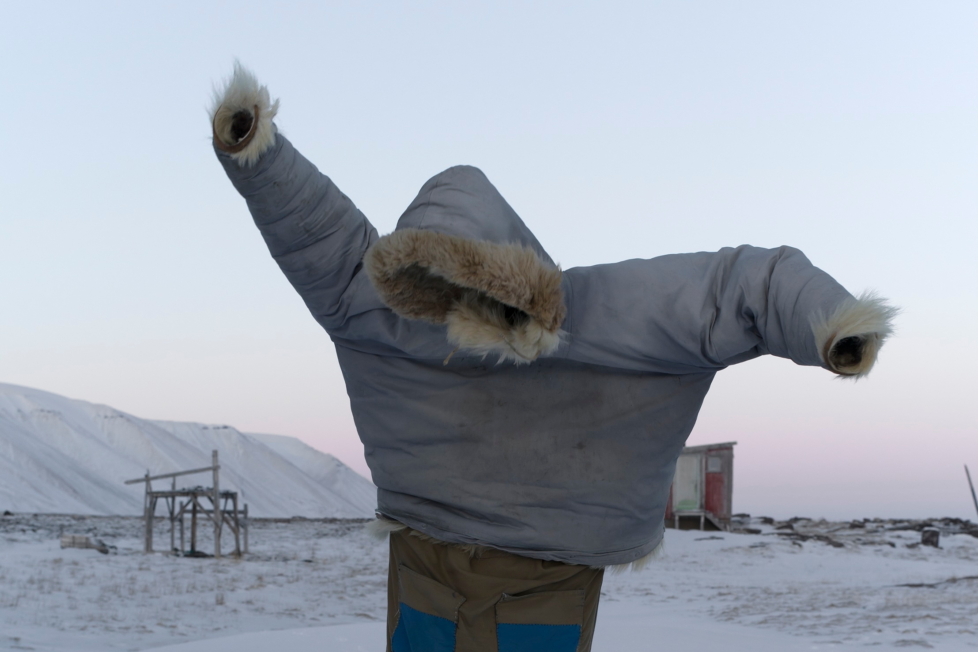
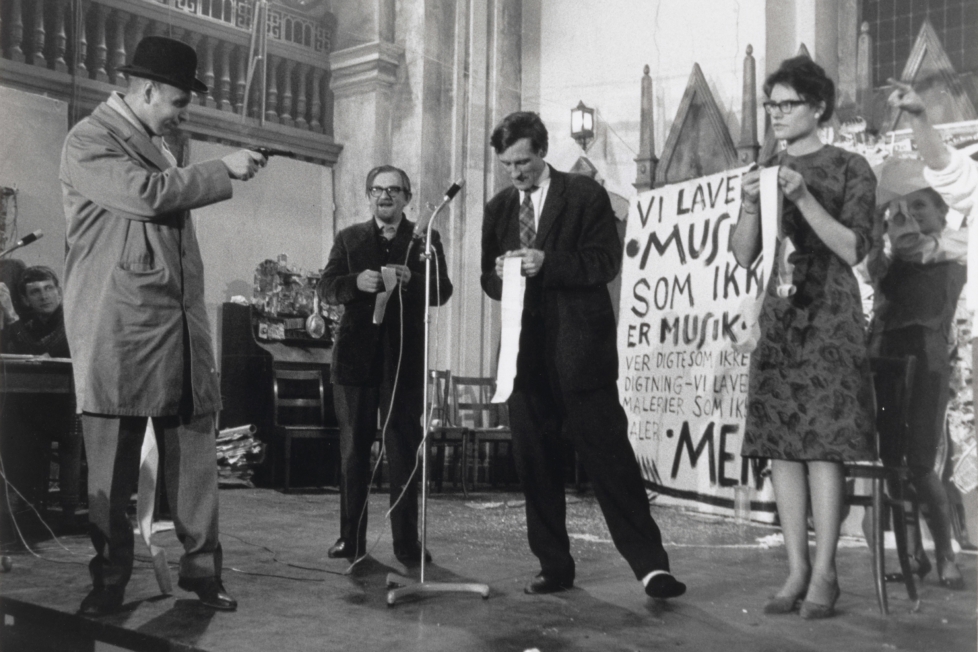
Diskussion